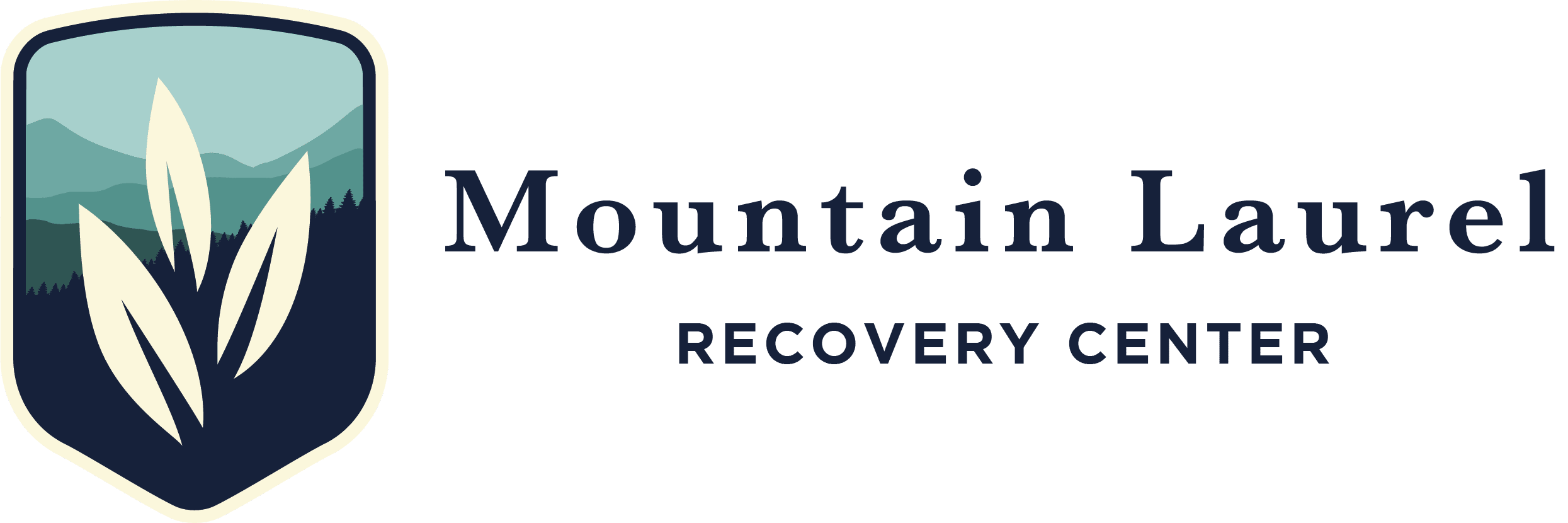
Understanding the Benefits of Getting Fit for People in Recovery
In the early stages of recovery, getting fit offers several different benefits.
- Exercise releases endorphins. This helps boost your mood, increase your energy level, and decrease chronic pain. Even 20 to 30 minutes of physical activity at a time triggers an endorphin release that can have lasting effects.
- Exercise helps you sleep better. Working out reduces the levels of stress hormones in your blood, which promotes a more restful sleep. This is beneficial because people in recovery often struggle with insomnia as their brain chemistry adjusts to life without addictive substances.
- Exercise helps you cope with stress. If you were previously relying on drugs and alcohol to relieve day-to-day stress, physical activity provides a healthier way to keep your stress levels in check.
- Physical activity helps your body heal from the damage caused by past substance abuse. Increasing your fitness level speeds your body’s ability to recover from the effects of previous drug and alcohol use. This can also boost your overall immunity and improve your ability to manage chronic health conditions such as diabetes and hypertension.
- A fitness routine reduces boredom. Filling your downtime with healthy activities helps reduce the risk that you’ll turn to the self-destructive patterns that led to your past substance abuse.
- Fitness gives you an opportunity to meet new friends. Whether you sign up for a yoga class, join a gym, or try out for an adult recreational volleyball league, a commitment to getting fit can help you expand your social circle. This is especially beneficial if you’ve had to cut contact with old friends who aren’t supportive of your commitment to recovery.
- Exercising can be an opportunity to rebuild trust in relationships with family and friends. Working out together is a great way to spend time with the people you care about while demonstrating that you’re committed to making a lasting change in your lifestyle.
- Getting fit boosts your confidence and self-esteem. Seeing yourself become stronger, faster, and more flexible provides a sense of accomplishment. This can help you stay motivated to continue to work towards your recovery goals.
Determining How Much Exercise Is Necessary
How much exercise you should get each day depends on your current level of fitness, whether you have any health issues that limit your mobility, and your personal goals. You should discuss any concerns you have about beginning an exercise routine with your healthcare provider.
The American Heart Association recommends that most adults aim to get at least 150 minutes of moderate-intensity or 75 minutes of vigorous-intensity aerobic physical activity each week. Examples of moderate-intensity exercise include brisk walking or cycling. Running, jumping rope, or swimming laps are examples of vigorous-intensity exercise.
If you’re counting steps, one common recommendation is to aim for 10,000 steps or more per day. However, many people who have sedentary jobs find this number to be challenging to meet. The good news is that aiming for just 7,000 steps per day can still offer significant health benefits. A recent study by researchers at the University of Massachusetts Amherst discovered that this number is linked to a 50% to 70% lower chance of early death.
Tracking your exercise helps you stay accountable and lets you see how your fitness level is changing over time. While wearing a Fitbit or other fitness tracker is the most popular approach to tracking daily exercise, the free Google Fit smartphone app is a good option if you’re on a tight budget.
Finding Activities You Enjoy While Getting Fit
If the thought of starting a fitness program seems overwhelming, remember that regular exercise doesn’t necessarily mean you need to train for a marathon or start bench pressing your body weight. Fitness encompasses a wide range of activities, including traditional workouts as well as movement-focused video games or family-friendly outdoor activities such as gardening and geocaching.
You have lots of options for increasing your fitness level even if you don’t consider yourself to be particularly athletic. The key is to find activities you enjoy and incorporate them into a daily schedule that helps support your commitment to a lasting recovery.
